Off-Road All the Things: Sequoia TRD Pro, Mildly Refreshed Tacoma Appear in Chicago

Thanks to Toyota’s glacier-like design cycle, the full-sized Sequoia SUV looks largely the same as it did when it rolled off the ark in 2008. With seating for seven, the big body-on-frame rig harkens back to the days when SUVs were unapologetically truck-based. For 2020, the Big T is tossing some of its TRD Pro toys at its house-on-wheels, including a set of dandy internal-bypass Fox shock absorbers.
While they were at it, Toyota engineers took the opportunity to breathe on the hot-selling Tacoma. You’ll have to look closely to see those changes but, if past sales performance is any indication, the company didn’t need to spend much money on a refresh, anyways.
The 2020 Sequoia TRD Pro is the answer for folks who want to take six of their closest friends well off the beaten path. With a chassis fortified by a TRD-tuned Fox shock absorber suspension, this big rig joins a roster of capable TRD Pro machines that are proving to be quite popular.
Fox has been providing stout suspension components to off-road gearheads for ages. Here, the internal bypass shock integrates bypass zones inside the shock body, allowing fluid to bypass the piston through regulated ports as it moves through its travel. Providing a cushioned ride during typical driving, the Fox shock damping gets progressively firmer through the shock piston’s stroke to resist bottoming over rough trail surfaces.
These 2.5-inch Fox shocks on the front of Sequoia include seven compression zones and two rebound zones. TRD engineers are said to have also reduced the front spring rate on Sequoia TRD Pro to improve its off-road compliance, code for “this thing shouldn’t bounce like a rubber ball after striking some whoop-de-doos.” For the rear suspension, Sequoia TRD Pro employs 2-inch-diameter Fox piggyback monotube shocks. Compared to the standard rear Sequoia shocks, the 2-inch Fox units feature 47mm pistons, 15mm larger than stock.
Deploying the TOYOTA billboard grille, now a TRD Pro signature, your author confesses to liking the look of this brute a lot more than he probably should. After all, size and mass are often the enemy of off-road fun, so this Sequoia probably won’t go as far as its TRDized Tacoma and 4Runner cousins. Still, it speaks to my appreciation of jacked up big rigs like the old-school Land Cruiser. It also proves that the traditional “spelling-out” of the Toyota brand is a heckuva lot more appealing than the roundish stylized T logo. The butch Sequoia will be available in a unique Army Green while featuring rims and skid plates that appear on other TRD Pro machines.
Speaking of the Tacoma, it receives ever-so-slight changes for the 2020 model year. A power driver’s seat finally appears, as does a sorely needed upgrade to the infotainment system. High-tech trail assistance comes shows up in the form of new Panoramic View and Multi Terrain Monitors. According to the bumf, these tools allow a driver the ability to select front, side, or rear views for improved visibility. This is not new to the market. What is neat is the mention of an under vehicle terrain view, allegedly able to help the driver avoid unseen obstacles. Your off-road gearhead of an author looks forward to trying that out on the trail.
In addition, there will be new grille and wheel designs on most Tacoma trims. Despite its advancing age, the truck enjoys very robust sales numbers. Expect that trend to continue with these updates.
[Images: Toyota]

Matthew buys, sells, fixes, & races cars. As a human index of auto & auction knowledge, he is fond of making money and offering loud opinions.
More by Matthew Guy
Latest Car Reviews
Read moreLatest Product Reviews
Read moreRecent Comments
- Carson D Just don't be the whistleblower who reports on the falsification of safety data. That's a deadly profession.
- Carson D I'd have responded sooner, but my computer locked up and I had to reboot it.
- Todd In Canada Mazda has a 3 year bumper to bumper & 5 year unlimited mileage drivetrain warranty. Mazdas are a DIY dream of high school auto mechanics 101 easy to work on reliable simplicity. IMO the Mazda is way better looking.
- Tane94 Blue Mini, love Minis because it's total custom ordering and the S has the BMW turbo engine.
- AZFelix What could possibly go wrong with putting your life in the robotic hands of precision crafted and expertly programmed machinery?

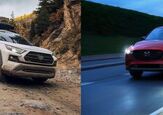
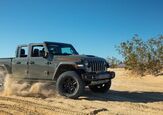

















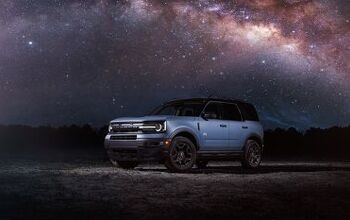
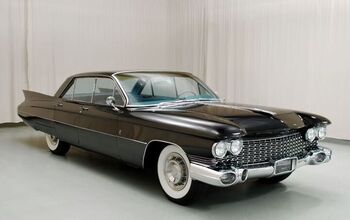
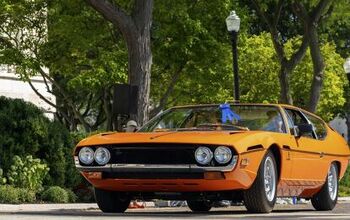
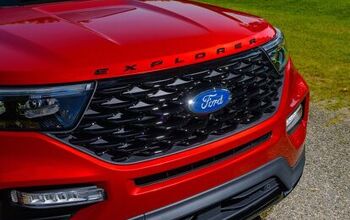
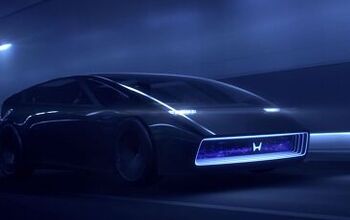
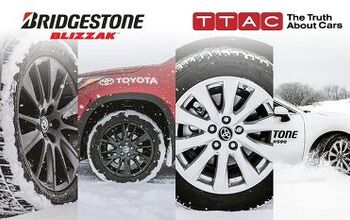
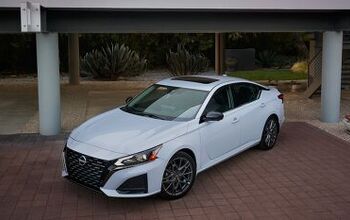

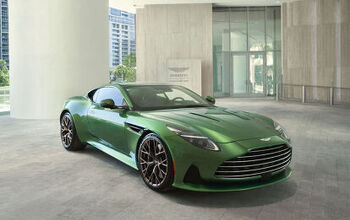
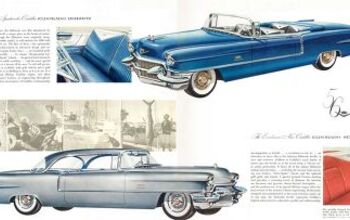
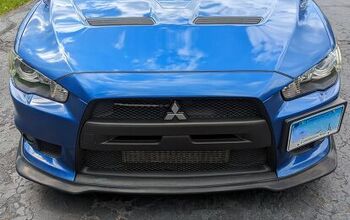
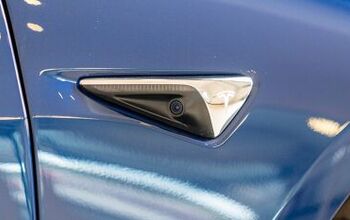

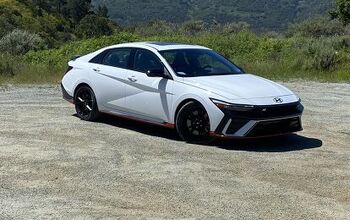
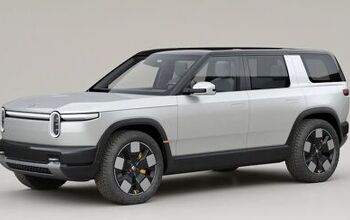
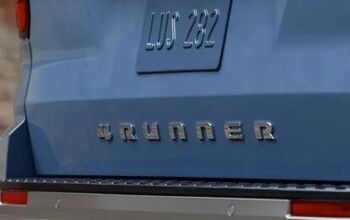
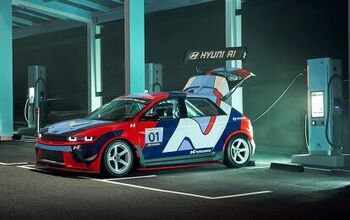
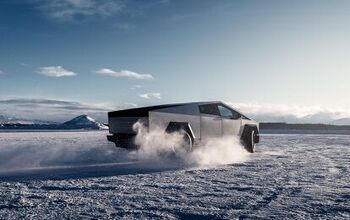
Comments
Join the conversation
Wow, Toyota actually fixed my biggest beef with the Tacoma, which was the lack of a meaningfully adjustable driver's seat. Carplay/Android Auto finally got added, too. The truck is still old as dirt, but what's more disappointing is that none of the competitors clearly outshine it. The Colorado is much more up to date with better drivability, but its appeal is hobbled by typically cheap GM attention to detail and materials. The Ranger is already getting hit with a recall, and the first real reviews of the truck from Motor Trend hit it hard for its aged global platform and poor ride quality. And the Ridgeline is just too weird and CUV-like. I despise Toyota for letting so many of their products get so outdated, but the Tacoma is still way more competitive than it should be.
This thing weighs up to 6,000 pounds. What's the point of a performance 6,000 pound vehicle? This is comparable to if FoMoCo would have offered a Lincoln Continental Mark III Cobra back in the day!